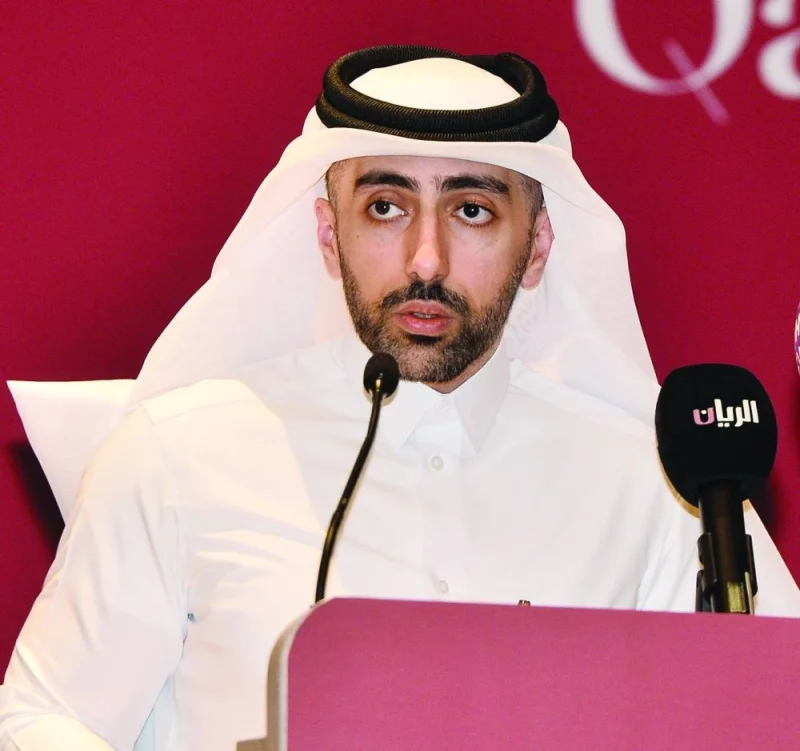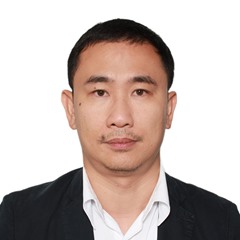The post-coronavirus (Covid-19) pandemic and post-World Cup era will witness Qatar’s art scene becoming more vibrant, especially with installations going beyond the galleries for people to enjoy and appreciate, Qatar Museum (QM)’s head of Public Art Abdulrahman al-Ishaq has said.
“Public art definitely is one of the stronger points of the QM; it's directly led by HE Sheikha Al Mayassa bint Hamad al-Thani, our chairperson,” he said on the sidelines of a recent Qatar Creates Week press conference. “She pays attention to it, and in the last 10 years public art has grown spectacularly, and right now we believe that we are ahead in the region.”
Citing an example, al-Ishaq said that the QM used to do case studies about public art in an airport in the US but now, Qatar’s Hamad International Airport (HIA) has become the subject of such studies.
The HIA is home to an array of public artworks by world-renowned artists, including Urs Fischer, Jean-Michel Othoniel, KAWS, Ahmed al-Bahrani, and Tom Otterness.
“We're happy about that and we hope to even improve on that,” said al-Ishaq, adding that many artists in Qatar produced several pieces during the pandemic in 2020 despite facing various challenges, as well as during the World Cup in Qatar last year.
He said that the prestigious football tournament saw the impact of public art and art in general as a universal language and bridge of communication between people of different backgrounds.
According to al-Ishaq, one of the most successful public artworks that the QM has installed was Pouce (thumb) by French sculptor César Baldaccini (1921-1998) at Souq Waqif, which attracted a large number of fans during the World Cup.
He added that it was by chance they realised that this installation is related to football.
“We’re looking at Qatar (art scene) becoming more vibrant, (and) a more culturally and artistically literate public,” al-Ishaq said. “We look at our region and how they are advancing and we're trying to learn, and we’re trying to be the best as always.”
Ahead of the World Cup, residents and visitors also saw Qatar transforming into an open museum, showcasing various installations of varying sizes, shapes, designs and topics spread across the country.
During the Qatar Creates Week from March 10-18, the QM will feature “The curious desert” exhibition, a series of outdoor installations by Icelandic–Danish artist Olafur Eliasson.
It brings together 12 site-specific desert installations at Al Thakhira and gallery presentations of artworks created over the artist's career.
Al-Ishaq said that the QM also engages schools and universities in the country to discuss public art as part of their curriculum.
The QM has an annual initiative which invites students who are not artists yet to propose permanent or temporary public artwork.
He noted that this programme is now in its third year and has seen the quality of artworks by participants advancing.
“It’s more mature now, and I must say, a great surprise to see students understand the economy of art, how to create a project, how to start it,” al-Ishaq said, noting that the initiative’s aim is to educate and inspire participants to enter the art market.

Public art definitely is one of the stronger points of the QM, said Abdulrahman al-Ishaq.



